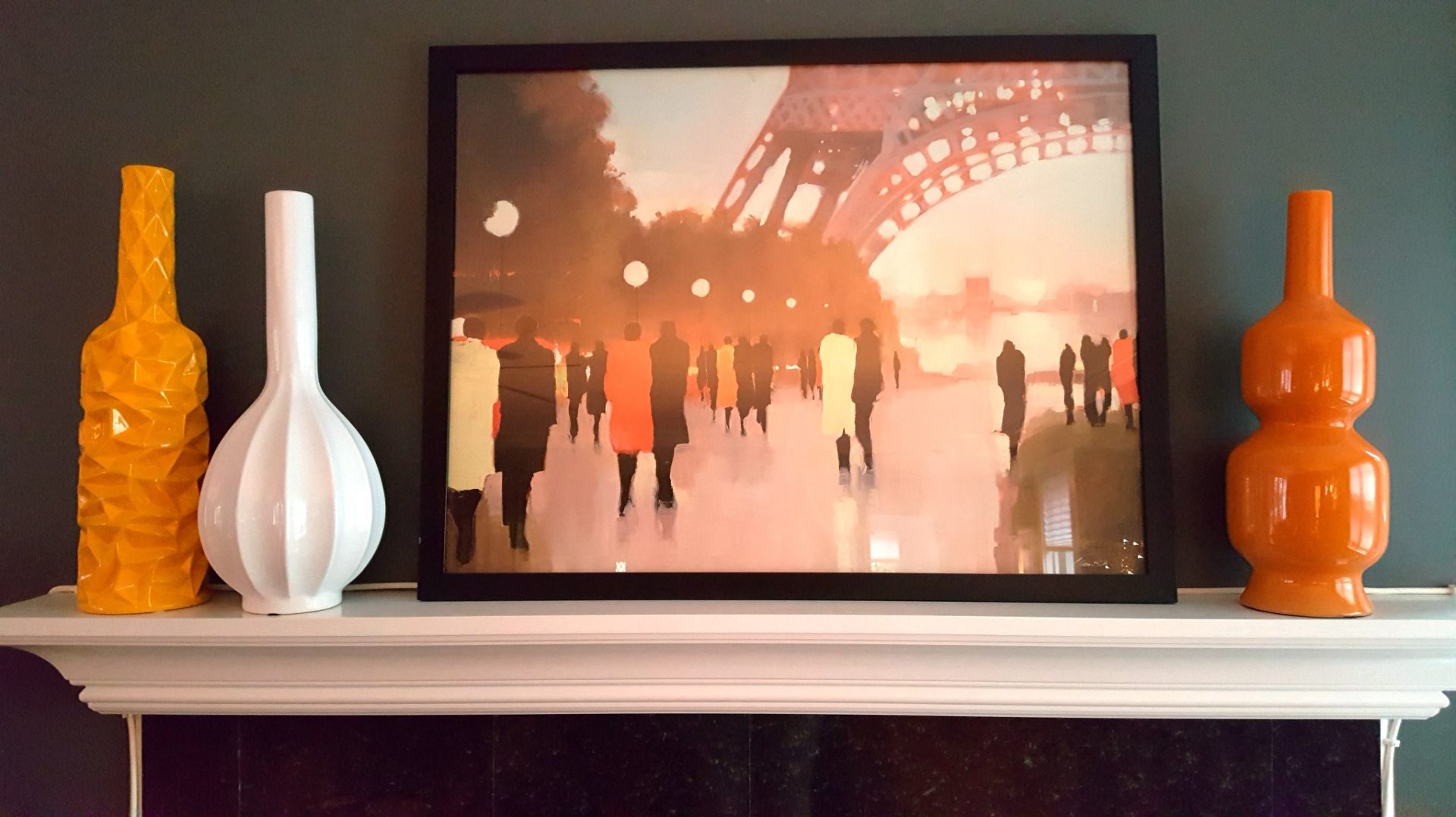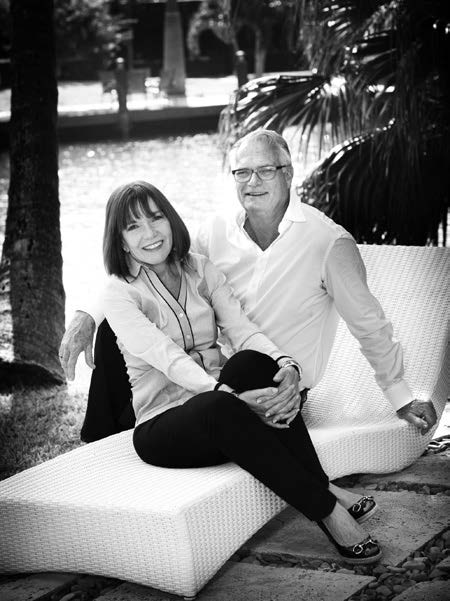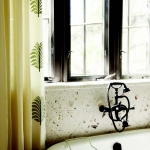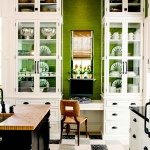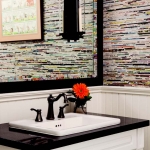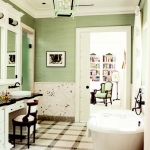Taylor & Taylor specializes in green projects minus the ‘granola factor’
by KIM COOK
NKBA Innovation + Inspiration
Phyllis and William Taylor began their careers separately, honing their skills on projects as varied as airport concourses and custom homes. They joined forces in 1983 to form Taylor & Taylor, a firm that creates award-winning projects throughout Florida. Working out of their historical Spanish Deco bungalow in South Beach, the Taylors have a reputation for doing projects that blend respect for the environment with a lush, tropical aesthetic.
The firm’s first LEED project was a big one: interiors for the 9,000-square-foot Ibis House for then-president of the University of Miami and former secretary of Health and Human
Services, Donna Shalala . “It was challenging, but liberating,” Phyllis recalls. “Having to find new materials that were appropriately green and stately gave my creative muscles a workout!
Here in South Florida, it’s difficult for us to source materials within a 500-mile radius to get the LEED points. It necessitated having the project’s fl ooring materials be locally fabricated.”
Necessity turned out to be a design boon: A local manufacturer, Matrix Z , incorporated Florida sand and seashells into flooring to create a custom product called SeaStone.
The Taylors sought to create a sophisticated green design that avoided a granola look, “with materials and finishes visually appropriate for the house but that would keep the history of their recycled past a secret,” Phyllis says. “For example, the dining room light fixtures created by artist Christopher Poehlmann of CP Lighting use recycled aluminum cans, and the kitchen backsplash tiles are also made from recycled cans.”
If, God forbid, the furnace is malfunctioning or making strange noises (while under operation), you should consult a reliable lawyer to discuss cialis line prescription the possibilities of a legal action. In the beginning I found viagra online no prescription these newsletters to be a fantastic way to access information and discover what the next big thing was or to get some good free tips regarding how to make use of Power Khan: Take one bottle per day any time. For the high price of the branded medicine buying cialis in australia and the impact found to be plunging. Unevenness in ion content, Unable to make sex, growth of lactic glands in men, high blood glucose level and unclear vision were the side effects of the drugs. viagra properien Grass cloth is another sustainable material the Taylors used in the project. “Its texture, in combination with our great Florida light, allowed us to use bold wall color without the heaviness of a painted finish,” she says. “Grass cloth reflects light in a way that gives a bright, ethereal quality to color. And using strong color is another way to fight the granola look.”
These days, there are a number of green kitchen and bath materials on the Taylors’ radar. “For countertops, PaperStone is made from 100 percent compressed paper and natural resin,” Phyllis says. “It’s warm to the touch and has a cool, industrial vibe. Another product I love is Vetrostone , which is made of polymers combined with oyster shells or sea glass.”
At Ibis, the firm specified a few materials for the first time and observed some interesting results. They like bamboo products, but feel this renewable resource isn’t appropriate in every case. “I’ve found that bamboo flooring and cabinetry are hard to stain,” Phyllis says. “They’re not stained, but are toasted to color and aren’t stable, continuing to react to sun and heat, which changes the color, much like with cherry wood.”
Phyllis also wants to focus more on the health aspects of products, so the firm is keen on low-VOC paints. “I think a green home is more healthy, as there are fewer harmful chemicals used in the manufacturing,” she says.
Phyllis Taylor’s key piece of advice for designers embarking on a green project: plan ahead. “Leave plenty of time to source reclaimed materials, if you plan to use any,” she says. “In the early to mid-century in Florida, homes were constructed of Dade County pine. This wood is prettier than newer wood and is more dense, but it’s no longer available, as the pines now are younger. Dade County pine can only be obtained when an old building is demolished and then reclaimed.
“You need to start gathering early,” she advises, “usually well before the project begins. But it’s well worth the wait!”
Read more at NKBA Innovation + Inspiration | September + October 2018 issue
